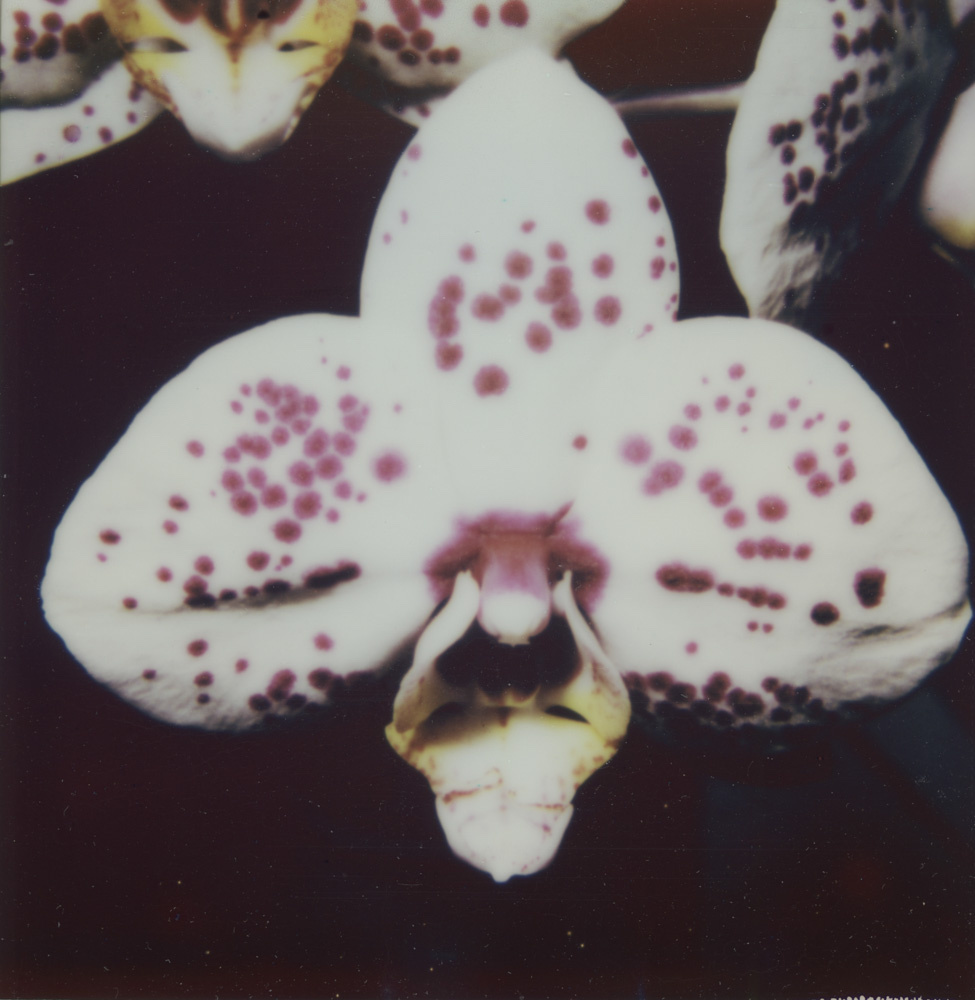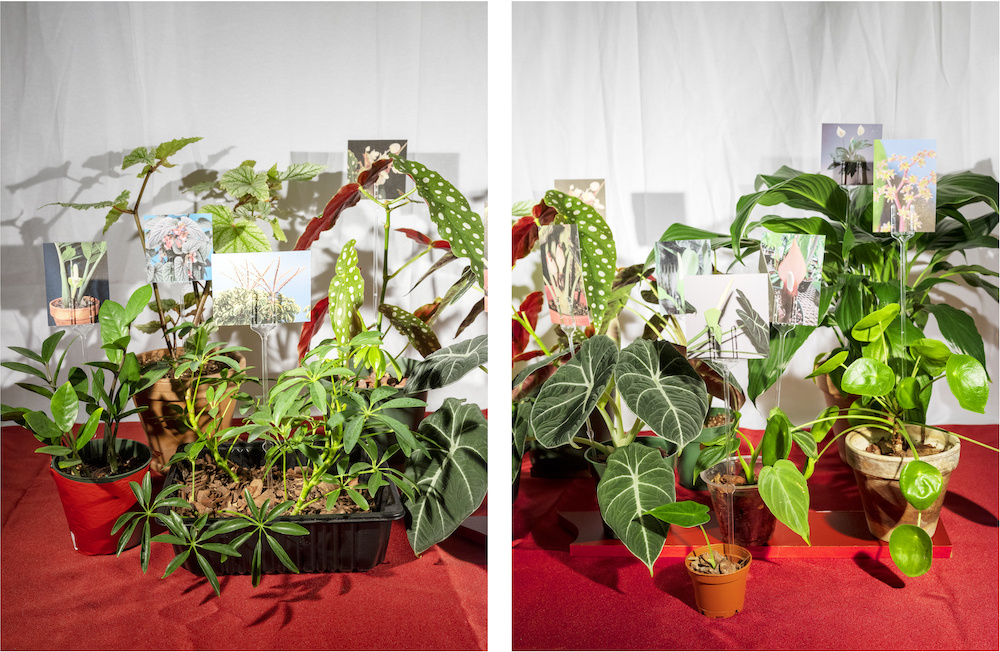The Paintbrush of Nature
23 June - 2 September 2023
“The Paintbrush of Nature” was a group exhibition by Chen Yuxing, Til Han Qingshan, Xi Li, An Ting Teng, and Bing Ye.
These five artists use photography as their central media but in a non-traditional, conceptual way. Sharing a common East Asian background, they draw inspiration from ways of depicting nature in traditional Chinese or Japanese cultures, look critically at them when they have been adopted into Western perspectives, or explore memories of their own culture through natural landscapes.
The world's first photo book by William Henry Fox Talbot, one of the pioneers of early photography, was entitled “The Pencil of Nature,” highlighting the accurate depiction of the world by photography. In contrast, paintbrushes and ink are frequently used in traditional East Asian image-making. In this region, even depictions of nature traditionally focused on evoking a spiritual level rather than reproducing the visible surface. Even abstract elements such as a single line or ink stain were imbued with meaning, and the paintbrush was well suited for such expression. Taking a cue from the difference between the pencil and the paintbrush, this exhibition showed how these young artists incorporate elements of East Asian origin into their photographic expressions.
Co-curated by Bing Ye and Sonoko Nakanishi, programme curator, Aperture Gallery
|
Chen Yuxing The Oriental Scene - The Kew's Pagoda
|
Chen Yuxing's series The Oriental Scene focuses on the oriental structures frequently found in English gardens. Chinoiserie, which was all the rage in Europe in the 17th to 18th century, was adopted in garden design as well as other areas of visual culture. In Europe, these structures have been admired for their exoticism and elegance, while people from the regions where these cultures originated are often puzzled by the unnaturalness of the sudden appearance of "Chinese" structures in landscapes with Western vegetation, or by the inaccuracy of their design. Chen's work emphasises this sense of incongruity by redacting the structures in question from these images of the landscape, while also drawing attention to the historical context by displaying the documents on which these building designs were based. |
|
Til Han Qingshan Being 8
|
Til Han Qingshan uses painting and photography to address themes of identity. The photographs of plants that frequently appear in her series '井' (Well, or Container in English) emerged from a desire to capture natural individuals in their various environments as they are. Her Polaroid works of flowers seek to embrace the existence of each flower through its own form and state, rather than through objective information such as the type of flower or its native habitat. The images, which are not bound by conventional composition or focus, are reminiscent of the portraits of friends we take personally. Han, who also practices Buddhism and ikebana, tries to find hints in traditional East Asian cultures for the conflicts concerning human identity in a complex society. |
|
Xi Li Parallel Life (Plant Diptych)
|
Xi Li shows two works from her series “Unstable Landscapes,” which addresses the unreliability of images through her signature staged photography style. Parallel Life (Plant Diptych) is a set of “group portraits” of house plants, each of which is carrying their product image representing their ideal state as a plant but looking quite different from their appearances in real life. Mountains That Do Not Exist questions what the true image or information of what you see in nature can be. Landscape, for Li, is closely connected to a collective human memory or shared identity of people who experience exposure to the same landscape. Li's work emphasises that the images of nature we see are always a reflection of human ideals, memories, and emotions, and are subjective and variable. |
|
An Ting Teng One Pine Tree
|
An Ting Teng is interested in images and patterns that remind her of expressions of nature in traditional Chinese painting, especially those abruptly found in a contemporary urban space. Teng captures these images using techniques of photography and prints them on different kinds of surfaces, often unconventional support materials for photographic images. Her choice of monochromatic colour is a reference to Chinese ink painting, in which the viewer is invited to search for meanings or feelings in different shapes, shades or even in blank spaces. Practicing dark-room printing and alternative photographic techniques such as liquid light, Teng also values the elements of experiment, labour, and the meditative process in image-making. |
|
Bing Ye Ineffable I |
Primarily working with the medium of photography and printmaking, Bing Ye produces black and white images that are reminiscent of the Chinese or Japanese tradition of landscape painting on silk scrolls, of which format emphasises verticality. Here Ye shows the works together with images of very similar motifs from East Asian art history. Akin to these historical predecessors, and yet Ye’s works do not directly refer to them. The artist, who has been so familiar with these iconic images in East Asian culture that they are almost embedded in the mind, is naturally and unconsciously drawn to similar motifs. Just like those skilfully done ink paintings, Ye’s images invite the viewer to look at them in greater detail or even to interpret profound meanings in them. |
Artists' Talk 6.30 - 8.30 pm, Thursday, 27 July 2023
The artists Chen Yuxing, Til Han Qingshan, An Ting Teng, and Bing Ye shared their practices and interests with the audience.
For more information about the artists, please download the full press release.





